Religious Traditions
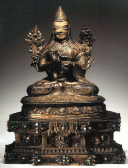
Bodong (5)
The Bodong tradition refers to a teaching tradition based at Bodong E monastery. Its unique Lamdre tradition was later absorbed by the Sakya tradition, but the monastery has maintained its independent institutional identity.
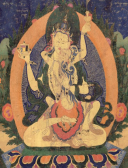
Bon (56)
The Bon (bon) tradition is organized around indigenous religious practices, beliefs, and deities of the Himalayan region. It is intermingled with many Buddhist elements but has maintained a doctrinal and institutional independence.
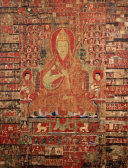
Geluk (484)
The Geluk tradition traces its origin to Tsongkhapa, who propagated a modified version of the Kadampa Lojong and Lamrim teachings. It is the dominant tradition of Tibet, having established its control of the government under the figure of the Dalai Lama.
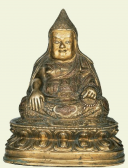
Jonang (53)
The Jonang tradition was established by Dolpopa Sherab Gyaltsen, a thirteenth century Sakya monk famous for his Zhentong teachings. The Jonang teachings and monasteries were suppressed in Tibet in the seventeenth century but survived in Amdo.
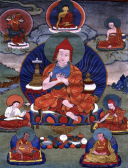
Kadam (103)
The Kadam tradition, which traces its origin to the teachings of Atiśa, was the first of the so-called New Schools of Tibetan Buddhism, traditions which arose during or after the Second Propagation of Buddhism in the tenth century.
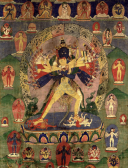
Kālacakra (4)
The Kālacakra tradition begins in Tibet with the translation of the Kālacakra tantra some time around 1027 and has since diffused among most Tibetan religious traditions.
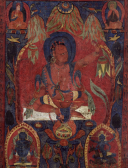
Lamdre (0)
The Lamdre teachings are said to have originated with teachings given to the Indian siddha Virūpa by the deity Nairātmyā. They was transmitted in Tibet by the eleventh century translator Drokmi Lotsawa Śākya Yeshe, who received them from the Indian paṇḍita Gayādhara.
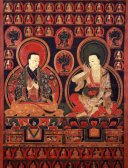
Marpa Kagyu (314)
The Marpa Kagyu tradition is based on teachings said to have been taught by Nāropa to the eleventh-century Tibetan translator Marpa and passed on to Milarepa, and Gampopa, before splitting into multiple branches. The teachings center on Mahāmudrā and the Six Yogas of Nāropa. An alternate line of Kagyu teachings known as the Shangpa Kagyu, stem from the eleventh century translator Khyungpo Neljor, who received Mahāmudrā teachings in India from Niguma, who may have been Nāropa's sister, and who accordingly taught the Six Yogas of Niguma.
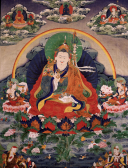
Nyingma (453)
The Nyingma, which is often described as the oldest tradition of Tibetan Buddhism, traces its origin to Padmasambhava, who is said to have visited Tibet in the eighth century, and who is said to have hidden teachings -- known as treasures -- in the landscape of Tibet for future revelation.
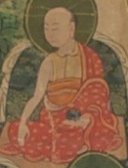
Orgyen Nyendrub (2)
The Orgyen Nyendrub tradition originated in the thirteenth century with Orgyenpa Rinchen Pel, who traveled twice to India in search of new Buddhist teachings.
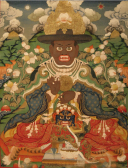
Ra Luk (0)
The Ra tradition of Vajrabhairava was propagated by Ra Lotsawa Dorje Drakpa in the eleventh century and was subsequently absorbed into most other traditions.
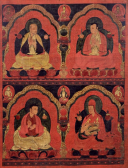
Sakya (265)
The Sakya tradition developed in the eleventh century in the Khon family of Tsang, which maintained an Imperial-era lineage of Vajrakīla and which adopted a new teaching from India known as Lamdre.
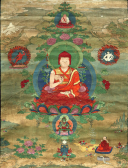
Shangpa Kagyu (13)
The Shangpa Kagyu tradition was established in the eleventh century by Khyungpo Neljor, who received Mahāmudrā teachings in India from Niguma, and who established the monastery of Shang Shang Dorje Den in Tsang.
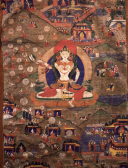
Zhije and Chod (43)
The Zhije and Chod traditions originated with the teachings of Padampa Sanggye and Machik Labdron, and have been absorbed into almost all traditions of Tibetan religion.